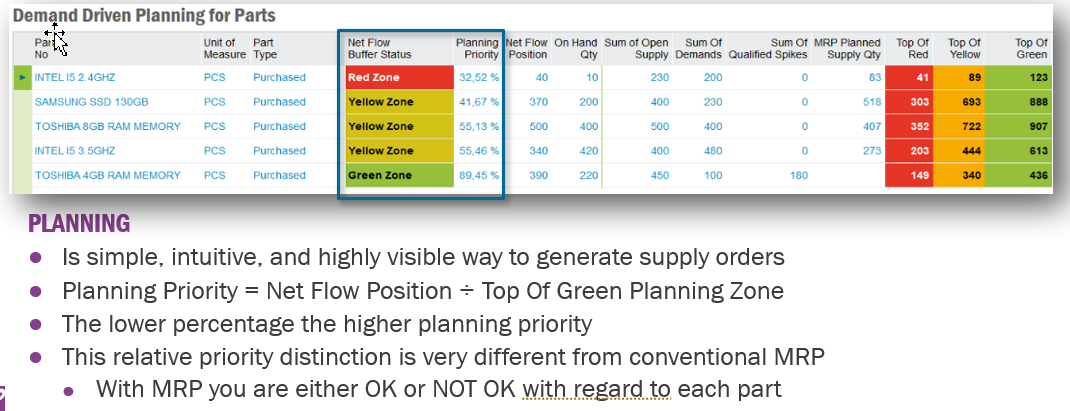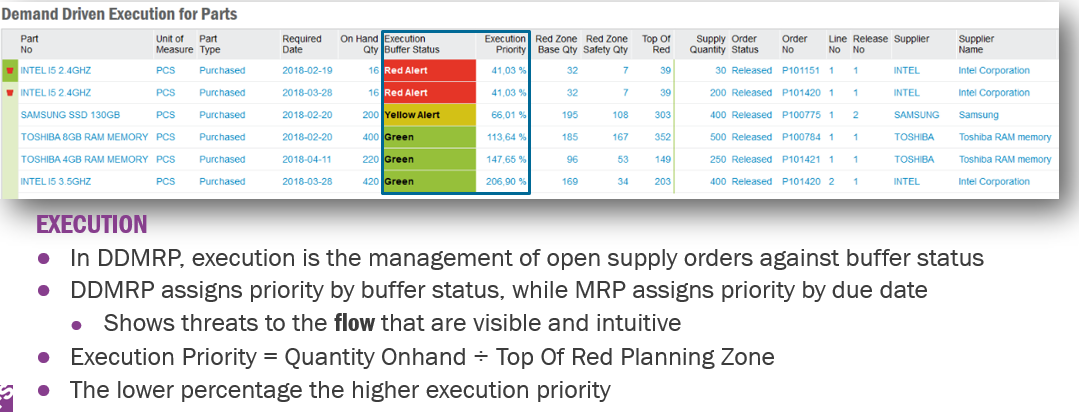I am looking to see if there is a field that will allow us to determine how low the safety stock can get before MRP will issue a req to replenish. For example, if we set the safety stock at 100, do we not want a req to generate for 1 pc every time we dip down to 99. Instead, let’s say that we only want safety stock to replenish when it falls below 50 pcs. Is there a field where we can tell IFS to wait until we are at 50% of safety stock before replenishing?
We want to move away from lot size and reorder points on planning method “C” and move to safety stock on planning method “G” but are looking to solve this issue first.
I see that there is a field for “Service Rate” - would this perform the function I am seeking? If not, is there a field that will serve that purpose?
Thanks - Sarah






